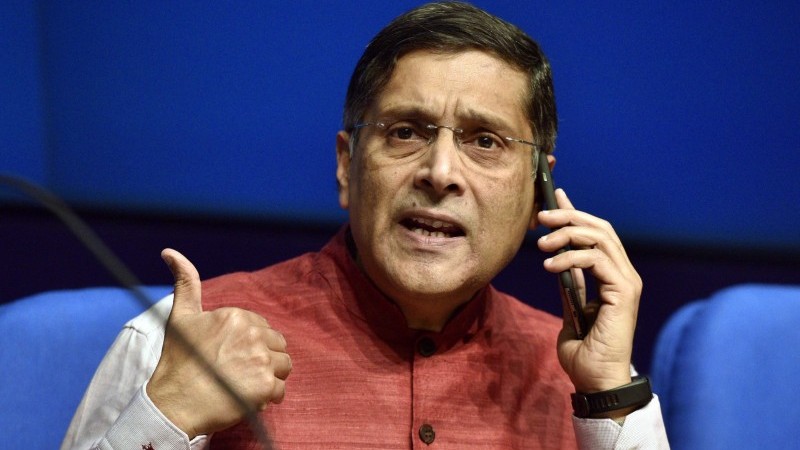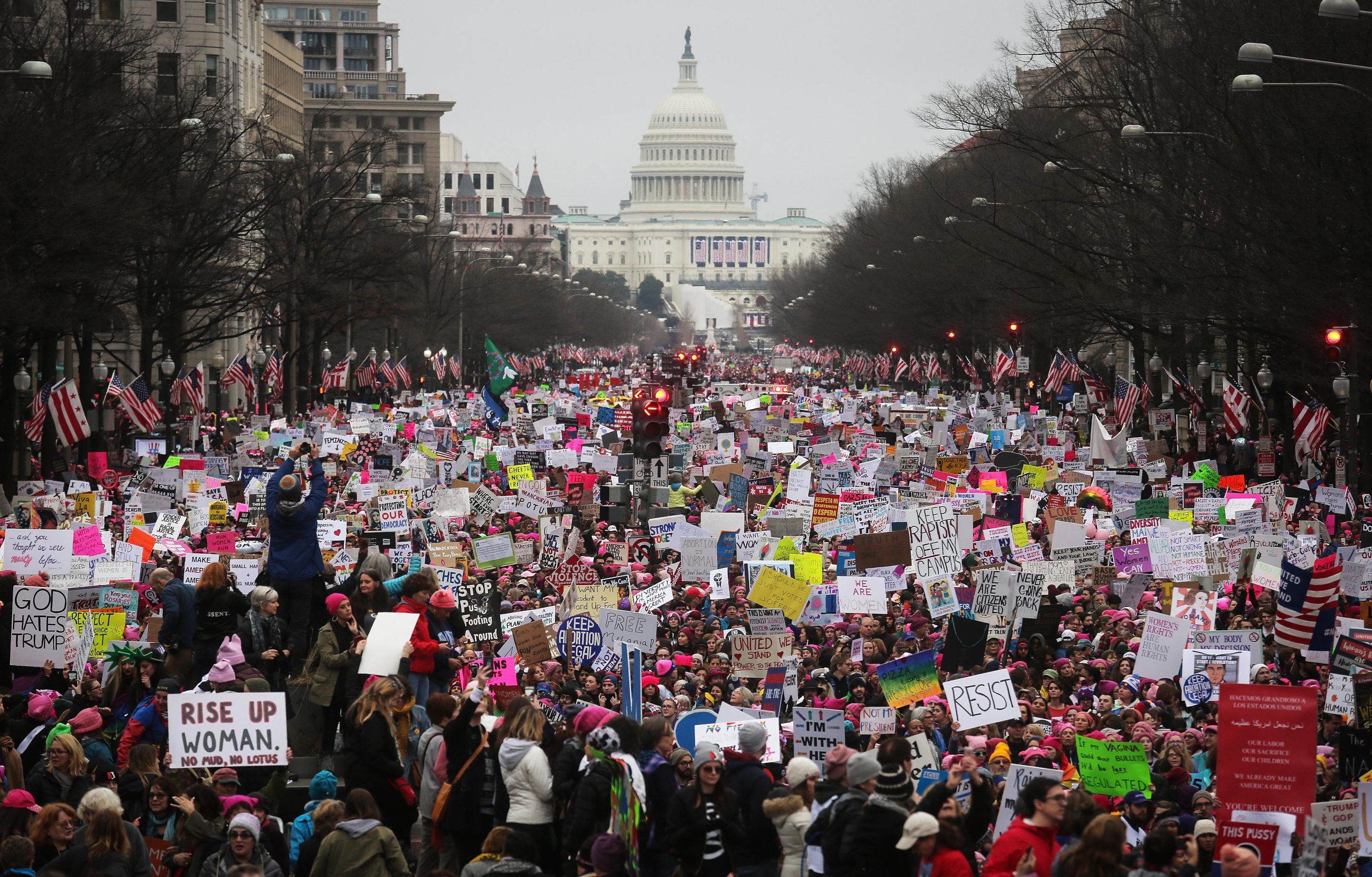Why Western Politicians Should Brace Themselves for a Second “China Shock”
China’s rapid rise as a global economic powerhouse has been accompanied by significant shifts in global trade dynamics. The country’s accession to the World Trade Organisation in 2001 marked the beginning of a decade-long export boom, with its exports surging by over 460%. However, this growth also sparked accusations of dumping, leading to lay-offs in affected industrial areas and contributing to political shifts, such as Donald Trump’s electoral victory in 2016. As China’s leaders now focus on boosting their manufacturing sector to offset a property slump, Western politicians must prepare for a potential second “China shock”.
China’s Manufacturing Obsession and Economic Strategy
China’s President, Xi Jinping, has expressed a strong commitment to developing industries such as lithium-ion batteries, electric cars, and solar panels, which he believes will become pillars of the Chinese economy. To ensure the realization of these ambitions, the Chinese government is making significant investments, with the potential to impact economies around the world. This manufacturing export boom comes as a response to China’s property sector slowdown, which has been dragging down economic growth. In 2023, sales by the country’s largest real-estate developers dropped by 17% and overall investment in residential buildings decreased by 8%.
To counterbalance this decline, Chinese officials are redirecting funding from state-owned banks to industrial firms in exchange for tax breaks and incentives for green industries. Exporters in powerful provinces have been encouraged to expand production. As a result, capital spending on smelting metals, manufacturing vehicles, and producing electrical equipment rose significantly during the first 11 months of 2023. These developments may trigger concerns among Western policymakers who remember the previous “China shock” and its impact on global trade.

The Potential Magnitude of China’s Manufacturing Boom
Given the sheer size of China’s economy, which has doubled in the past decade, the upcoming manufacturing boom could have an even larger scale of impact. If China maintains its current manufacturing sector size, which accounts for 28% of GDP, and achieves its target of 4-5% GDP growth over the next decade, its share of global manufacturing output would rise from 31% to 36%. However, if President Xi’s ambitions are fully realized, this figure could be even more significant.
China’s Capital Investment and Consumer Behavior
China’s capital investment, which surpasses America’s as a share of GDP, is primarily funded by the country’s thrifty households and their substantial savings. During previous manufacturing booms, there were expectations that Chinese consumers would use their savings to boost domestic spending. However, these expectations were proven wrong. Chinese consumers continue to prioritize saving over spending, even though private consumption rebounded by 10% in 2023 after a challenging 2022. Analysts predict slower overall growth in the coming year due to property market instability and the government’s cautious attitude towards borrowing to support household incomes. To achieve sustained higher growth rates, China will need to sell more goods abroad.
The Impact of Falling Industrial Prices and Currency Depreciation
As China ramps up its manufacturing output, industrial prices are falling, particularly in vital sectors like steel, which has implications for China’s car and renewable industries. Despite expectations of reduced output due to a slowdown in Chinese construction, steel giants in the country managed to produce even more steel. This was made possible by their access to cheap capital and their willingness to take substantial losses to maintain market share. Consequently, industrial prices fell by 2% in the first 11 months of 2023, and profits dropped by 4%. Steel reinforcement producers, for example, estimate losses of about 350 yuan ($50) per tonne sold. This situation mirrors the overcapacity experienced in 2012, during a previous manufacturing stimulus era.
Renewable energy companies, such as LONGi and Goldwind, have also been affected by falling profits. Both reported significantly lower earnings in the third quarter of 2023. Additionally, China’s currency, the yuan, has depreciated by 9% on a trade-weighted basis since its peak in 2022. This double whammy of falling industrial prices and currency depreciation places overseas competitors in a challenging position.

Rising Frictions and Trade Disputes
Western politicians, more protective of their domestic industrial bases than ever before, are increasingly willing to fight on behalf of their own firms. This shift in attitude is evident in the growing number of trade disputes with China. For instance, in November, the UK launched an investigation into Chinese excavators following allegations from a local firm, JCB, that Chinese competitors were flooding the market with cut-price machines. The European Union is conducting an anti-subsidy probe into Chinese electric vehicles and an anti-dumping probe into Chinese biodiesel. The Biden administration has proposed taxing Chinese goods, offering to drop American tariffs on European steel in return. In response, China launched an anti-dumping investigation into brandy, targeting Europe where it hurts.
Trade tensions are not limited to the rich world. India, for example, has imposed anti-dumping duties on Chinese steel and has introduced new duties on industrial laser machines. Almost all of India’s ongoing anti-dumping investigations involve China. Similarly, Mexico, which benefits from Chinese companies relocating production to avoid American tariffs, is now imposing an 80% tariff on certain Chinese steel imports to prevent domestic markets from being flooded with subsidized goods.

China’s Leadership and Economic Challenges
Chinese officials have acknowledged that industrial overcapacity, exacerbated by weak domestic demand, is one of the biggest challenges facing the country’s economy. This recognition leaves China’s leadership with limited room for maneuver. Engaging in further fights over dumping and subsidies could alienate more of China’s trading partners. On the other hand, a year with no alternative to offset the property market slump and lackluster consumer spending appears even less attractive.
In conclusion, as China’s manufacturing sector expands to counterbalance a property slump, Western politicians should brace themselves for a potential second “China shock”. The country’s ambitions to further dominate global manufacturing output, combined with falling industrial prices and currency depreciation, may lead to intensified trade frictions and disputes. As tensions rise, it is crucial for Western policymakers to carefully navigate the challenges ahead while safeguarding their domestic industries.
